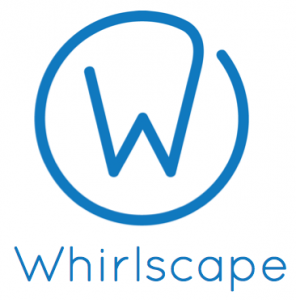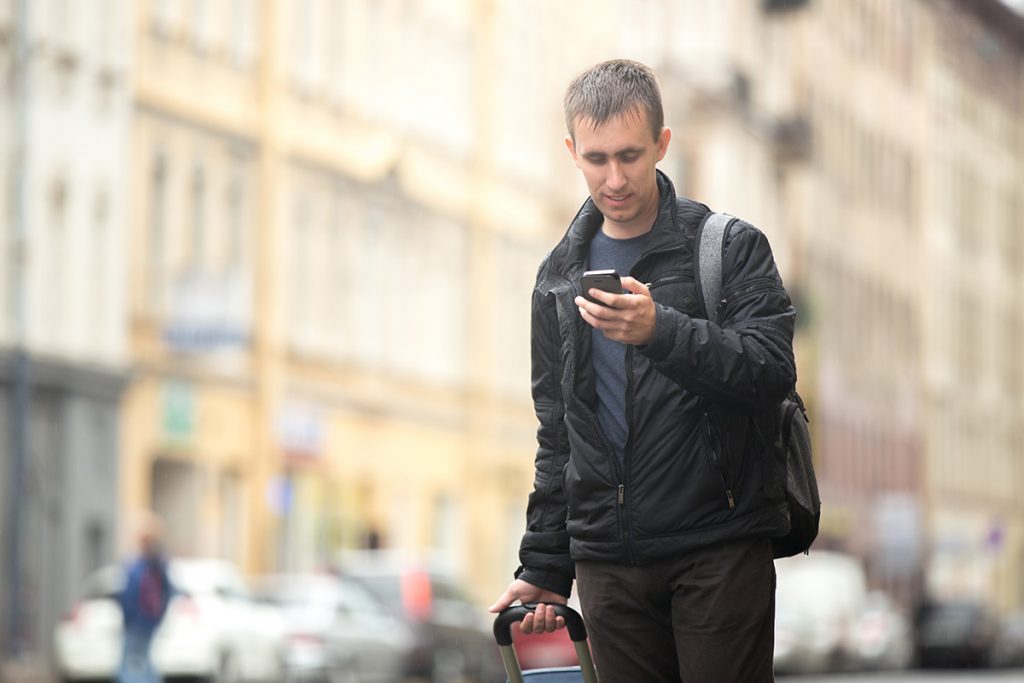Every six weeks, MaRS Innovation’s marketing and communications manager writes a guest post for the MaRS Discovery District blog profiling MI’s activities or one of our start-up companies. You can read the original post on the MaRS blog.
 On Monday, June 17, Whirlscape Inc. released the beta version of its hotly anticipated, tiny, one-dimensional digital keyboard, Minuum: “the little keyboard for big fingers.”
On Monday, June 17, Whirlscape Inc. released the beta version of its hotly anticipated, tiny, one-dimensional digital keyboard, Minuum: “the little keyboard for big fingers.”
If you follow tech gadget news, you’ve likely read about or even supported the company’s successful Indiegogo campaign, which raised more than US$87,000—over 870% above their modest initial goal of $10,000—from nearly 10,000 supporters who have now become beta users for the product.
The stats don’t end there. By number of funders, the Minuum Keyboard Project’s campaign is in Indiegogo’s top 10 of all time and is ranked No. 2 among all technology campaigns. Over 1.1 million people worldwide viewed Minuum’s original teaser video on YouTube, which the Whirlscape team edited and shot themselves.
Tech journalists were also quick to jump on the story, earning the keyboard coverage from more than 150 media outlets in Canada and internationally, including TechCrunch, Huffington Post and Mashable.
From a marketing standpoint, it’s the ideal situation for a startup on the cusp of its first product launch, but it also created immense pressure for the product to live up to all of the hype.
One week before the beta launch, I spoke with CEO Will Walmsley and chief marketing officer Mark Thompson about the keyboard, the status of Whirlscape’s wearable development kits, the Indiegogo campaign aftermath and what other tech startups can learn from their experience.
What did the success of your Indiegogo campaign mean for the Minuum keyboard’s product evolution?
Will: It allowed us to make the keyboard better much faster than we otherwise would have. You need to do a lot of things to get a product from a functional prototype level to something that stands up to day-to-day intensity. We’re now a team of five developers, making sure that all of the behind-the-scenes algorithms are properly implemented to support the user’s experience.
What’s entailed in that kind of work?
Will: We’ve adjusted the algorithms to be even smarter than they were, re-architected the original code so it’s less likely to contain mistakes and eliminated a lot of bugs. It’s just the first stage, though. Getting our community to interact with the Minuum beta is what will make the keyboard a real product.
Where are all those things we saw in the last 30 seconds of the original video?
Mark, grinning: You mean the amazeballs stuff?
Yes, that does seem to be the technical term.
Will: Minuum’s algorithms underpin all of the Wearable Development Kit (WDK) applications, so the WDK has been on hold while we worked on the keyboard for Android. The restructuring I mentioned means that we have set up our code in a way that keeps the Android app separate from the core text-processing technology, which will make it easier to use it with wearable applications as soon as possible.
How will you decide which of the applications to do first?
Will: We’re waiting to see what the Android response is like first, but in the meantime we’re also continuing some hardware prototyping.
Mark: Part of that also means looking at other languages. We’ve had strong requests from supporters for many of the European languages, along with Japanese, Korean and Chinese, so we’re looking at ways to bring Minuum to non-English audiences.
How did Minuum’s media explosion affect its development?
Will: It was definitely intense at first, trying to balance media interviews, supporter interaction and ongoing keyboard development. We were expecting to have to divide our time between media interviews and development, but we definitely didn’t expect to have to do that as soon as two hours after the campaign launched.
Mark: And none of us were prepared for the firestorm on Twitter.
Will: Definitely, that was the biggest. The video also played a key role in spreading the word about our campaign. Even though a significant portion of people who watched our YouTube video didn’t click through to the website or campaign, they still shared it with their friends, who went on to contribute to the campaign and/or shared the video further.
What would you say to startups trying to emulate your success with Indiegogo and crowdfunding?
Mark: It helps that people found the product to be both useful and cool—it’s translatable to a mass audience and exciting, and we were deliberate about showcasing the product to its best advantage. From the beginning, Will wanted to position Minuum as connected to a wider movement toward the exciting future of wearable computing. Finding the right pitch and tone was really important, and it helps that Will is naturally very articulate, friendly and open.
Also, we had to really think about the Indiegogo perks and pricing, and I think the distribution we achieved indicates that those goals were solid. We also coupled the campaign with mainstream marketing and public relations tools. When things went viral, we essentially rode the wave to show that we were engaged and to subtly direct the message to the aspects of our story that we wanted to remain top of mind. Obviously, not every campaign will go viral and not every organization is going to have the mindset to allow—or feel comfortable allowing—supporters on social media to own the message.
Did your relationship with UTEST help you prepare?
Will: A year ago I was a scientist/designer trying to further the science of text-entry research. Our mentors at UTEST and MaRS Innovation taught me to think of research in terms of what’s useful for consumers, so that the product didn’t sit on the shelf for another 10 years. Otherwise, I might not be doing anything to bring it out to the public. Now our work on the algorithms behind Minuum will also help text-entry research to continue at the University of Toronto.
What’s the scariest part about launching?
Will: As hard as we’ve worked, there will inevitably be bugs when 10,000 people download the keyboard and start using it. We have to deal with them as fast as we can, because reviewers may think of it as a final product and hold it to a higher standard as they compare our beta against more established competitors who have had three to five years of development time on us.
Can people who missed your campaign still experience the beta?
Mark: If people wish to try select future beta releases of the keyboard, they can subscribe and get news about Minuum’s next phase.
By Elizabeth Monier-Williams, marketing and communications manager.

